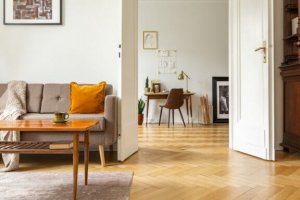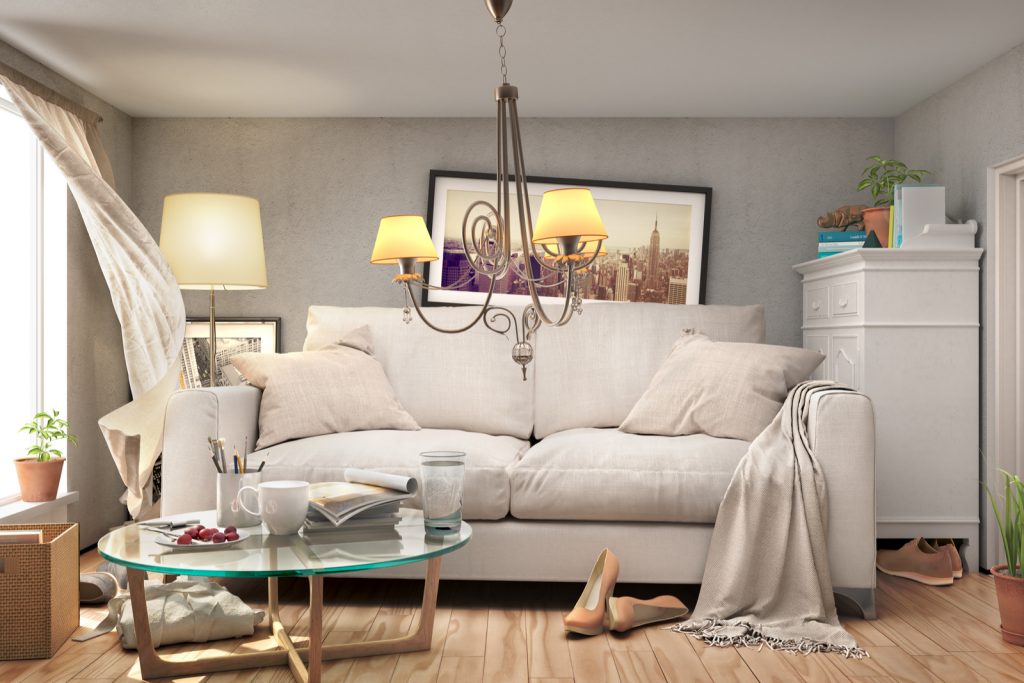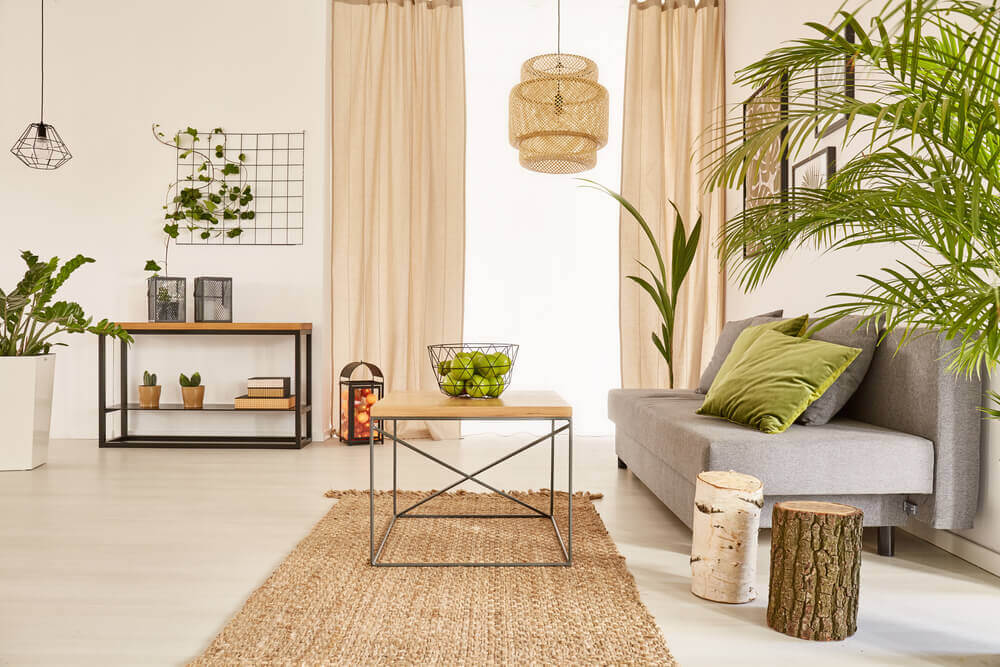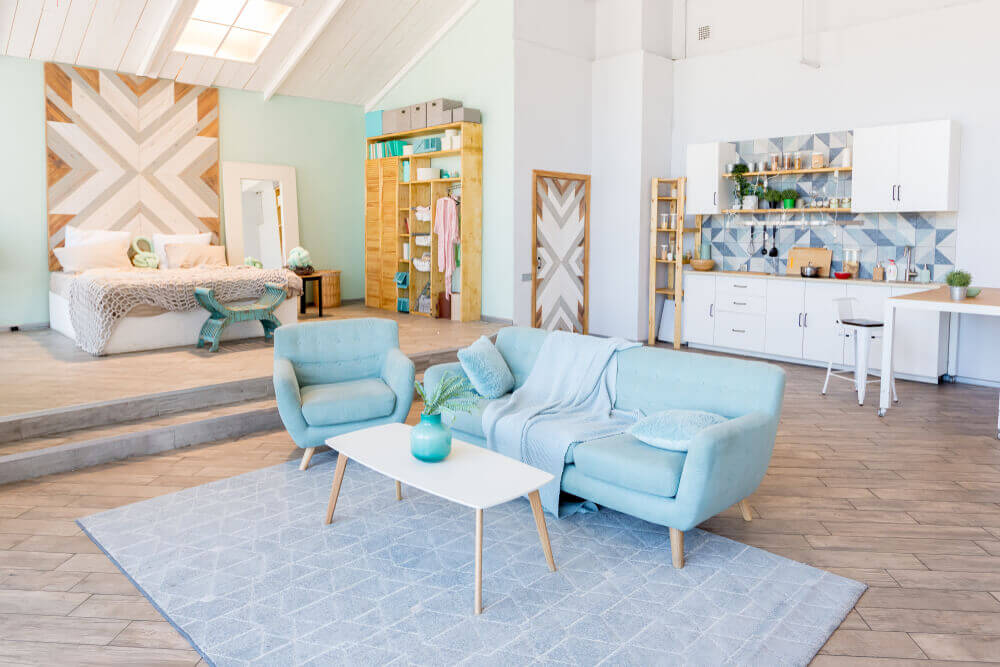The Importance of Having Diaphanous Spaces at Home

Aside from furniture and decor, it’s important to have diaphanous spaces at home. They help create a pleasant, spacious and breathable setting. Comfort should the main gear that’s keeping your everyday life going.
The tension that can build up at home breaks harmony apart. Every decor accessory should be thoughtfully placed in a way that helps create the right ambiance.
Interior design is an artistic process that creates a dialogue between space and decor. When it fails, the agreement and relationships between elements fail as well.
Diaphanous spaces: what’s the concept behind it?

A way to define “diaphanous” is the spaciousness that results from properly arranging furniture in addition to good lighting. The combination can create good vibes.
Rooms can have different degrees of diaphanous; in other words, some might be bigger and have more natural light while others, smaller and dimmer. But both can be diaphanous.
Whenever you’re decorating a space, you should always think about amplitude. It’s the best way to create a good atmosphere that has good breathing space.
If your home is overwhelmed with decoration, look for a balance of space and comfort.
Tips for creating diaphanous spaces

Let intuition guide you through decor and it won’t create visual problems. It might seem simple, but let’s took a closer look at each step:
- Play around with a room’s borders; try to keep your furniture along the walls, filling in spaces in a way that won’t create disorder.
- Try to keep the center open for easy transit. Avoid creating obstructions or poor furniture arrangement.
- Don’t use unevenly sized decor as it can break the flow of the whole. Remember that you want to encourage open dialogue and agreement. The link between furniture and accessories is fundamental.
- If you enter a room it feels comfortable and breathable, you’ve successfully created a diaphanous decor.
Let go of the things that you don’t use anymore
Accumulating indiscriminately is a common problem: clothes, utensils, objects, etc. But your home isn’t a storage room! So, keep these following points in mind:
- Analyze what you rarely use and what you really need. We often think that anything will have future use and argue, “just in case…”. But they actually don’t come in handy.
- Recycle the items that have a chance at a second life, even objects that might be a good decor accessory. There’s always an alternative use to discover.
- If you deem an object absolutely useless, you should get rid of it. Throwing some objects away will help you gain more space, making rooms look bigger and opening new doors for decor.
Your home should have enough space to feel comfortable.
Light, an indispensable component

A light-less home isn’t healthy. Continuously using artificial light can create vision and emotional problems as well. In such a case, the problem is a lack of big windows that allow daylight to pour in.
However, when you use too much furniture or too many decor objects that block the line of vision, it also reduces light and that’s not a good thing. Spaces need to be diaphanous while having the amplitude to create a comfortable ambiance.
Our minds need to find peace in a home that has space and good lighting. Decoration will serve no purpose without adequate space to enjoy it. So, remember to keep your rooms diaphanous.
Aside from furniture and decor, it’s important to have diaphanous spaces at home. They help create a pleasant, spacious and breathable setting. Comfort should the main gear that’s keeping your everyday life going.
The tension that can build up at home breaks harmony apart. Every decor accessory should be thoughtfully placed in a way that helps create the right ambiance.
Interior design is an artistic process that creates a dialogue between space and decor. When it fails, the agreement and relationships between elements fail as well.
Diaphanous spaces: what’s the concept behind it?

A way to define “diaphanous” is the spaciousness that results from properly arranging furniture in addition to good lighting. The combination can create good vibes.
Rooms can have different degrees of diaphanous; in other words, some might be bigger and have more natural light while others, smaller and dimmer. But both can be diaphanous.
Whenever you’re decorating a space, you should always think about amplitude. It’s the best way to create a good atmosphere that has good breathing space.
If your home is overwhelmed with decoration, look for a balance of space and comfort.
Tips for creating diaphanous spaces

Let intuition guide you through decor and it won’t create visual problems. It might seem simple, but let’s took a closer look at each step:
- Play around with a room’s borders; try to keep your furniture along the walls, filling in spaces in a way that won’t create disorder.
- Try to keep the center open for easy transit. Avoid creating obstructions or poor furniture arrangement.
- Don’t use unevenly sized decor as it can break the flow of the whole. Remember that you want to encourage open dialogue and agreement. The link between furniture and accessories is fundamental.
- If you enter a room it feels comfortable and breathable, you’ve successfully created a diaphanous decor.
Let go of the things that you don’t use anymore
Accumulating indiscriminately is a common problem: clothes, utensils, objects, etc. But your home isn’t a storage room! So, keep these following points in mind:
- Analyze what you rarely use and what you really need. We often think that anything will have future use and argue, “just in case…”. But they actually don’t come in handy.
- Recycle the items that have a chance at a second life, even objects that might be a good decor accessory. There’s always an alternative use to discover.
- If you deem an object absolutely useless, you should get rid of it. Throwing some objects away will help you gain more space, making rooms look bigger and opening new doors for decor.
Your home should have enough space to feel comfortable.
Light, an indispensable component

A light-less home isn’t healthy. Continuously using artificial light can create vision and emotional problems as well. In such a case, the problem is a lack of big windows that allow daylight to pour in.
However, when you use too much furniture or too many decor objects that block the line of vision, it also reduces light and that’s not a good thing. Spaces need to be diaphanous while having the amplitude to create a comfortable ambiance.
Our minds need to find peace in a home that has space and good lighting. Decoration will serve no purpose without adequate space to enjoy it. So, remember to keep your rooms diaphanous.
All cited sources were thoroughly reviewed by our team to ensure their quality, reliability, currency, and validity. The bibliography of this article was considered reliable and of academic or scientific accuracy.
AA.VV.: Aspectos técnicos de la decoración, Vértice, 2013.







